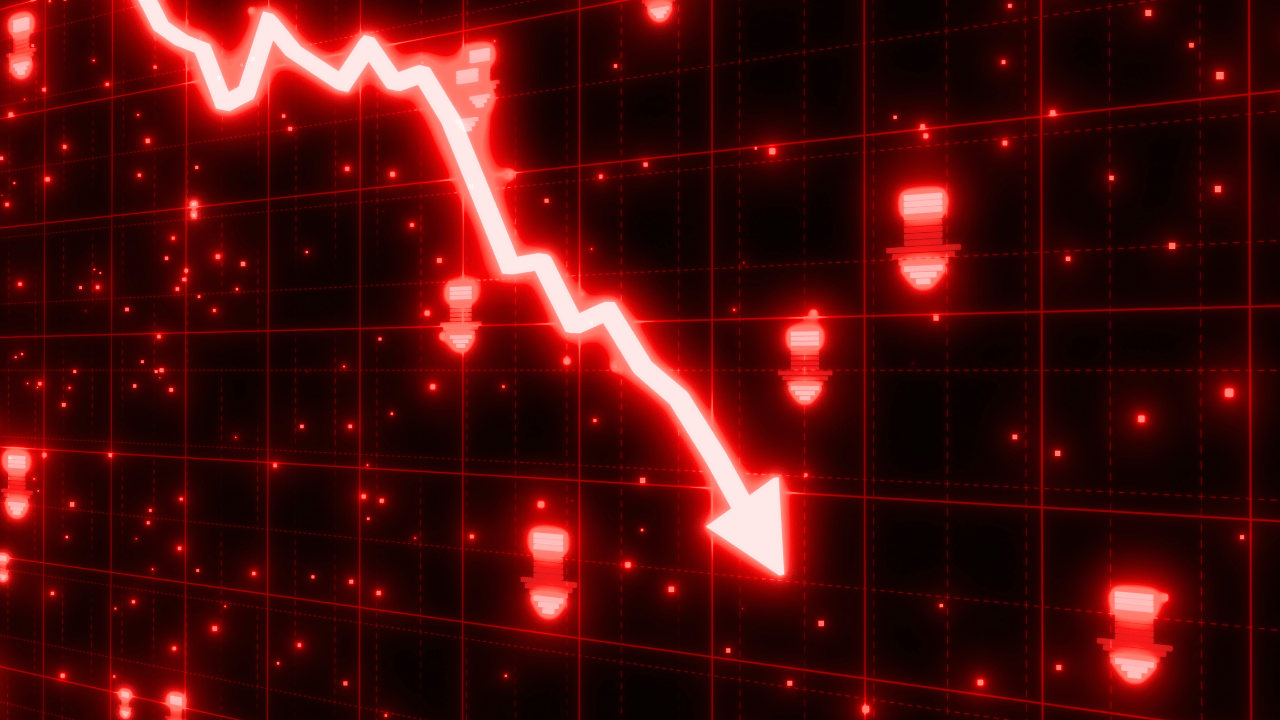Spotify's Q2 2025 earnings report sparked a sharp sell-off, dropping the stock by 11.59% on July 29. But despite that single-day dip, the company is still up 15% in the last six months, 35% year-to-date, and an impressive 92% over the past year. So, is this drop just a speed bump, or is it a warning sign?
Here’s my full breakdown and outlook for Spotify going into the rest of 2025.
The Drop: A Q2 Miss on EPS and Revenue
Spotify missed earnings per share (EPS) by 120.78% and missed revenue estimates by 1.69%, sparking investor concern. But it’s worth noting: this isn’t the first earnings miss this year. In Q1 2025, Spotify also missed expectations—yet the stock rebounded sharply afterward.
This raises the question: is this another buy-the-dip moment?
Spotify's Growth Track Record
Despite short-term volatility, Spotify has outpaced the S&P 500, which is the benchmark I aim to beat with growth stocks. Here's a look at its returns:
- +15% in the past 6 months
- +35% year-to-date
- +92% over the last year
- +140% over the past 5 years
Clearly, Spotify has delivered long-term growth, even if individual quarters fluctuate.
Is Spotify Still a Growth Stock?
Spotify is very much a growth-focused tech company. It doesn't offer a dividend and isn’t the kind of stock you’d typically hold in a retirement account for income. It's high-risk, high-reward.
Key Metrics (as of Q1/Q2 2025 data):
- P/E Ratio: 95.63 – high, but not unusual for tech stocks with strong growth potential
- Price-to-Book (P/B): 23.01 – high, but normal for tech
- Return on Assets (ROA): 10.31% – solid
- Return on Capital (ROC): 15.88% – strong
- Forward PEG Ratio: 1.89 – slightly overvalued but not excessive
- EV/EBITDA: 64.68 – high, but in line with aggressive growth stocks
These numbers show Spotify is expensive by traditional metrics, but it’s delivering enough growth to justify a premium—for now.
Market Sentiment and Analyst Ratings
Analyst consensus (pre-Q2 selloff):
- Buy: 62%
- Hold: 28.6%
- Sell: 9.5%
Although a small portion of analysts now rate it a “sell,” the majority still see upside. Hedge funds were accumulating Spotify shares earlier this year, though that trend may change based on Q2’s performance.
What Could Spark Future Growth?
Spotify’s future growth may depend on more than just subscriptions:
Expansion Initiatives:
- Emerging markets
- Live experiences & events
- AI integration for personalized content
- Creator monetization (similar to YouTube)
- Becoming a full-service creator platform
But Spotify also faces serious challenges:
Key Risks:
- No original content, unlike Netflix
- Monetization pressures, as they don’t produce content
- AI-generated music controversy
- Competition from YouTube, TikTok, and Apple
- Backlash from artists over low payouts
Spotify is still arguably the gold standard for streaming audio, but its growth will depend on navigating these challenges without compromising its brand or platform.
Employee Sentiment and Culture
Spotify scores very well on employee satisfaction:
- 4.1/5 on Glassdoor
- 79% recommend working there
- 75% CEO approval rating
This kind of internal sentiment typically reflects strong leadership and culture—helpful indicators that the company can recover from temporary missteps.
Final Verdict: My Outlook on Spotify Stock
I currently hold Spotify in my portfolio—but it's not a top holding.
- I don’t see it as a sell—yet.
- But I also wouldn’t aggressively buy more until we see how they respond to Q2's miss.
- If they can bounce back like they did after Q1, this dip might be a buying opportunity.
- If they falter again in Q3, sentiment could shift quickly.
In short, Spotify needs to prove itself over the next couple of quarters. Their long-term potential is still intact, but it’s time for them to execute.
Disclaimer: This is not financial advice. Always do your own research before making any investment decisions.
